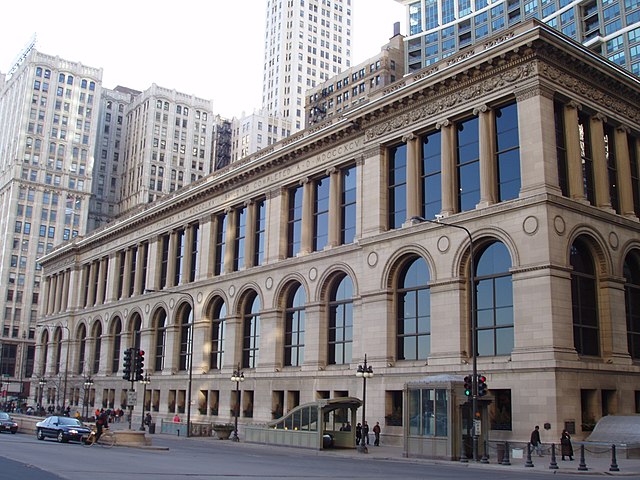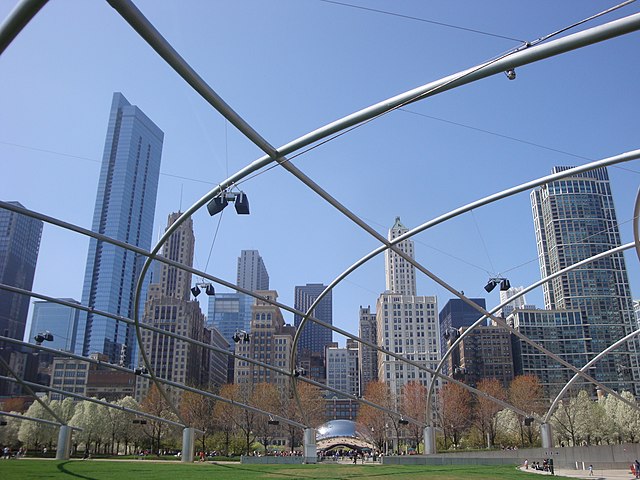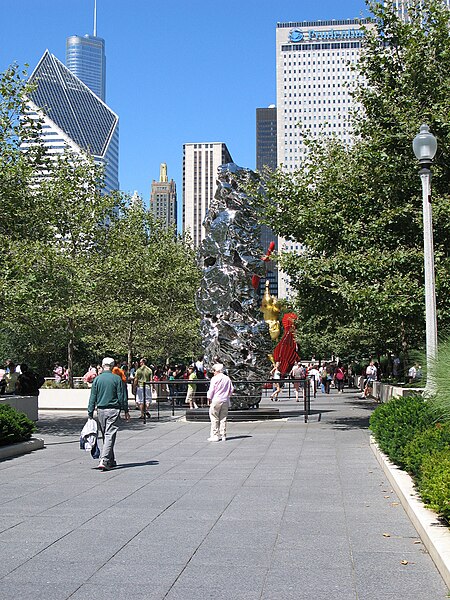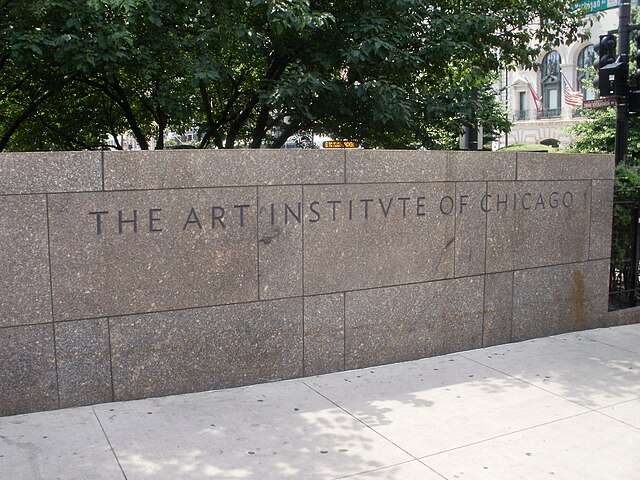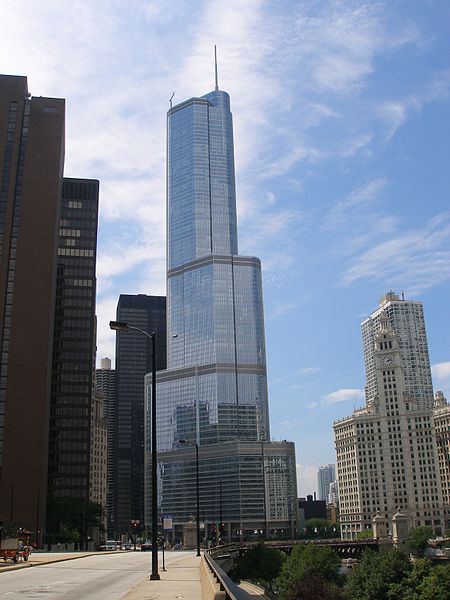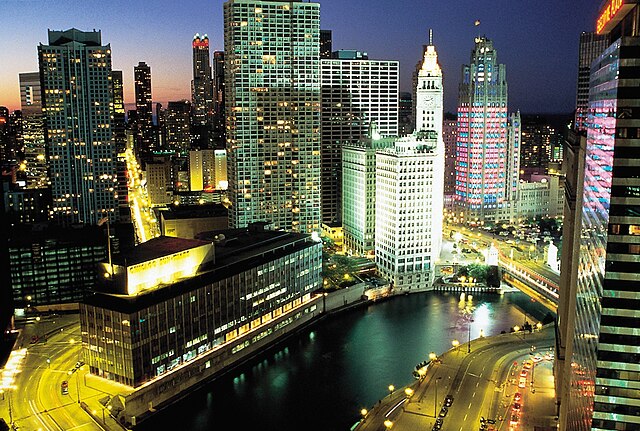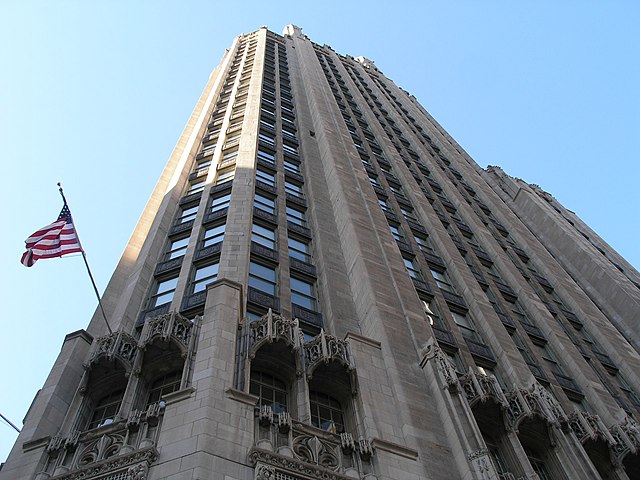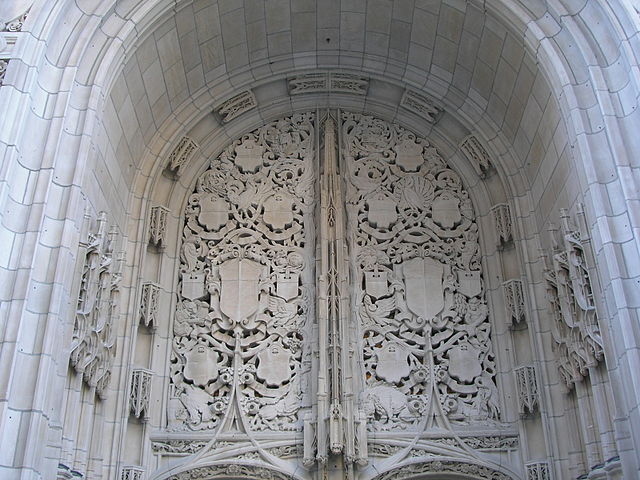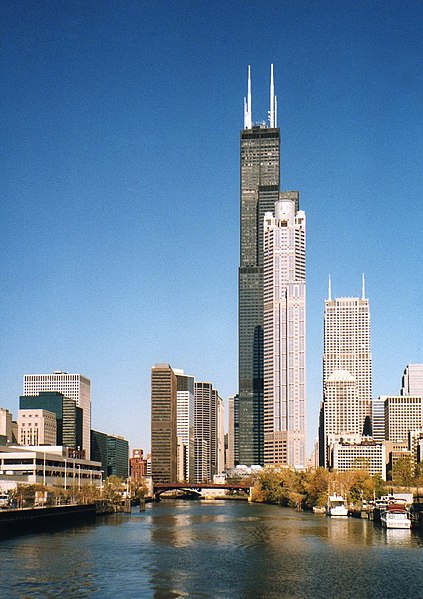Nicknamed Windy City, Chicago is an icon of America's midwest. It's an international hub for finance, commerce, transportation, and technology. Its skyline is among the world's tallest and most dense. The Magnificent Mile attracts shoppers from across the country, while the Museum Campus draws visitors and locals alike. Chicago is everyone's kind of town. By the way, remember to try the famous Chicago-style deep-dish pizza.
Chicago
Opened in 1897, it is a Chicago Landmark building that houses the city's official reception venue where the Mayor of Chicago has welcomed Presidents and royalty, diplomats and community leaders. As the nation's first free municipal cultural center, the Center is considered one of the most comprehensive arts showcases in the U.S. It is accessible by public transit at Randolph/Wabash Station.
Cloud Gate is a public sculpture in Millennium Park. the sculpture is nicknamed The Bean because of its shape. Made up of 168 stainless steel plates welded together, its highly polished exterior has no visible seams. The sculpture's surface reflects and distorts the city's skyline, and it is popular with tourists as a photo-taking opportunity for its unique reflective properties.
Founded in 1879, it is one of the oldest and largest art museums in the U.S. Its collection—stewarded by 11 curatorial departments—is encyclopedic, and includes some iconic works. Its permanent collection of nearly 300,000 works of art is augmented by more than 30 special exhibitions mounted yearly that illuminate aspects of the collection and present cutting-edge curatorial and scientific research.
Dedicated in 1927, it is one of the largest fountains in the world. Built in a rococo wedding cake style and inspired by the Latona Fountain at the Palace of Versailles, it is meant to allegorically represent Lake Michigan. It operates from April to October, with regular water shows and evening color-light shows.
Chicago
It is an upscale section of Chicago's Michigan Avenue. Currently Chicago's largest shopping district, various mid-range and high-end retail shops, restaurants, museums and hotels line this section of the street. It is accessible by public transit on the Red Line at either Grand or Chicago Station.
It is a neo-Gothic structure and the home of the Chicago Tribune. It is listed as a Chicago Landmark and is a contributing property to the Michigan–Wacker Historic District. It was the result of a design competition by the Chicago Tribune and the resulting entries still reveal a unique turning point in American architectural history.
The Chicago River is a system of rivers and canals with a combined length of 156 miles that runs through the city of Chicago, including its center (the Loop).Though not especially long, the river is notable for being a reason why Chicago became an important location. The River is also noteworthy for its natural and man-made history. As part of a more than fifty-year-old Chicago tradition, the Chicago River is dyed green in observance of St. Patrick's Day. The Chicago Architecture River Cruise is one of the best ways to explore the skyscrapers along the river.
Navy Pier is located on the Chicago shoreline of Lake Michigan. It currently encompasses more than fifty acres of parks, gardens, shops, restaurants, family attractions and exhibition facilities and is the top leisure destination in the Midwest, drawing nearly nine million visitors annually.
Chicago
Museum Campus is a big park that sits alongside Lake Michigan and encompasses five of the city's most notable attractions. The area is landscaped with greenery and flora as well as jogging paths and walkways. A picturesque promenade along Solidarity Drive, an isthmus, links Northerly Island to the mainland. A panoramic Chicago skyline can be seen from Adler Planetarium. The Museum Campus is accessible by public transit at Roosevelt Station.
This natural history museum is one of the largest such museums in the world. The museum maintains its status as a premier natural history museum through the size and quality of its educational and scientific programs, as well as due to its extensive scientific specimen and artifact collections.











